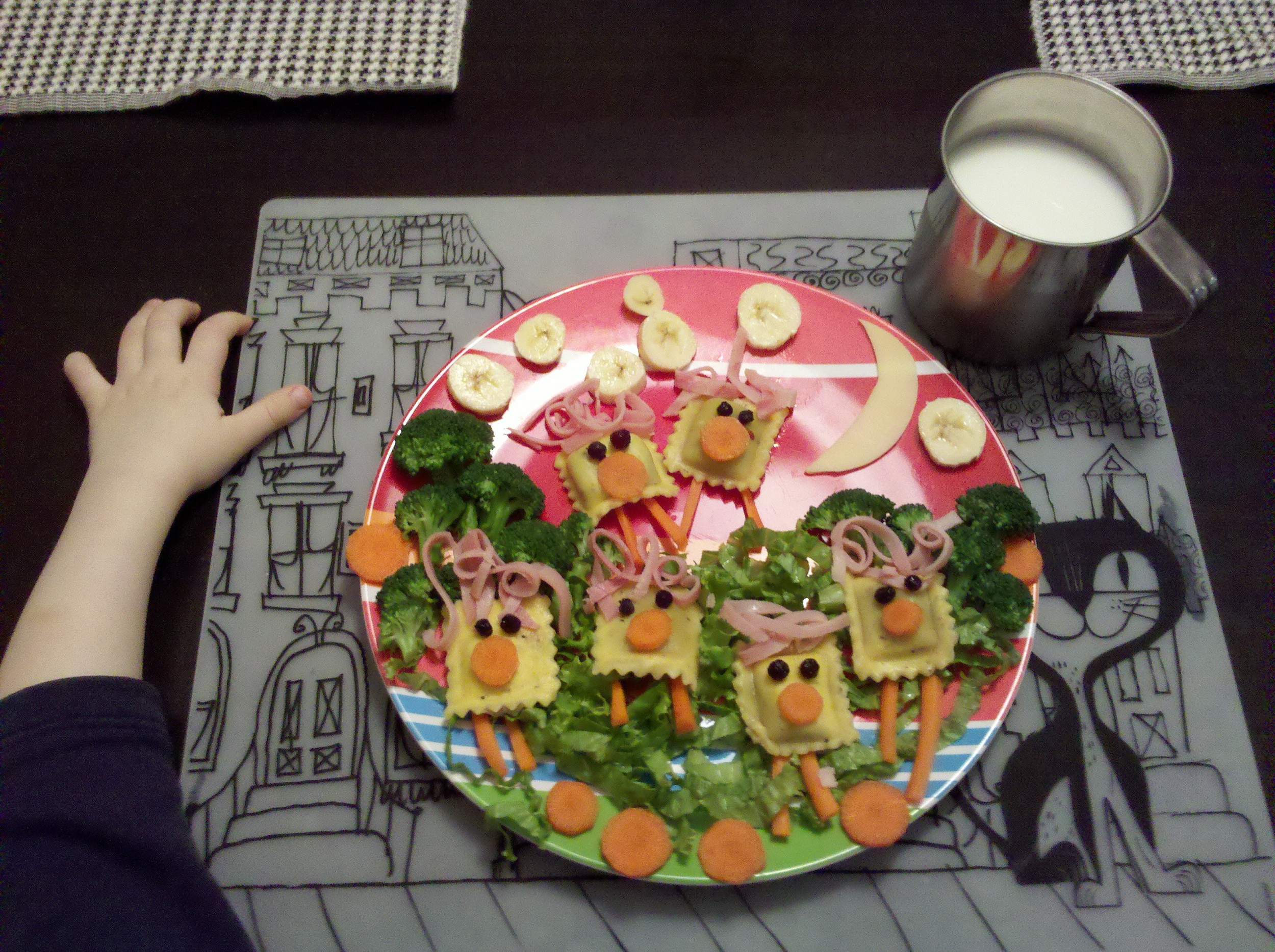by Rosa Sheng
One of the most talked about events at the AIA convention in Atlanta was WE310 Equity by Design: Knowledge, Discussion, Action! Hackathon on Wednesday May 13, 2015. The final number of attendees (happened to be 32) varied in age, level of experience and multicultural mix; it was unplanned, but ultimately a model of the diverse and inclusive practice of the future.
Thank you to ARCHITECT Magazine @architectmag for the amazing coverage of the Equity by Design along the way, including the 2014 Survey Final Report and video coverage of the AIA EQxD Hackathon. Special thanks goes to our generous Equity by Design /AIA Convention Hackathon sponsors: Autodesk, McCarthy Building Companies and WRNS Studios for providing this opportunity for the future leaders of our profession.
For the next 2 weeks, we will be sharing insights and results from the six Hackathon teams (including the winners @BLDYOURTRIBE), the scholarship winners and the jurors Obiekwe Okolo, Melinda Rosenberg and Curtis Rodgers.
EQxD Hackathon Video by ARCHITECT Magazine
Equity by Design Hackathon at AIA Atlanta Convention May 13, 2015
STORIFY - LIVE TWEET RECAP
We also captured live tweets from the Hackathon and Happy Hour hoping that it will provide you with a great overview of the day's energy. See if you can spot some familiar faces! At the Happy Hour, we had 70 attendees including our EQxD Hackathon speakers and participants, local volunteer Anne-Michael Sustman, members of AIA YAF, Architalks Blogerati, former AIA National President Katherine Schwensen, FAIA, AIA San Francisco Board Members, a few AIA National Candidates Steve Fiskum, FAIA, Jenn Workman and Haley Gipe, all our friends of Equity by Design from all over the US, as well as new architecture student friends from Georgia Tech . We would also like to thank our Happy Hour venue hosts at Studio No. 7, Shannon and Earl for their beautiful artist's studio that provided the perfect setting for our event. If you are in Atlanta, please continue to support this local business.
READ MORE ABOUT WE310 EQUITY BY DESIGN HACKATHON RECAPS
- #BUILDYOUrtribe – Equity by Design Hackathon 2015 Winners
- When Working Hard Hardly Works
- Promotion and Advancement: How to champion the Pull.
- We need to Hack more!
- I am not an Architect
- How does going to a Hackathon make re-entry easier?
- Interrupt workplace bias, be a "Change Agent"
- Reflections from the EQxD Hackathon Jurors
- Conscious Inclusion: #BUILDYOUrtribe











